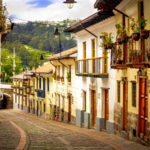DISCOVERY OF ECUADOR
Four worlds in one place
Bordering with Peru and Columbia, Ecuador has four very different ecosystems for travelers to experience: the Pacific coast with its sandy beaches, the Andes with its snowcapped mountains, the Amazon with its tropical rainforest and the Galapagos Islands, a volcanic archipelago. Along with the legendary Mitad del Mundo, where the equator passes, this small country attracts visitors interested in its unique geographical diversity and one of the most biodiverse ecosystems in the world. Ecuador has a lot to offer its visitors. After visiting Quito, colonial World Heritage capital, make your way north to Otavalo with its famous, traditional and colorful crafts market. From here, adventure into the depths of the Amazon forest, where you will discover an old-growth rainforest with exceptional biodiversity. Alternatively, bike along the Waterfall Route that starts in Baños, hike up to the Cotopaxi or Chimborazo peaks, some of the highest active volcanoes in the world… and then fly to the Galapagos, an emblematic volcanic archipelago, famous for Darwin’s studies and home to the endemic wildlife that inspired his theory on the evolution of species.
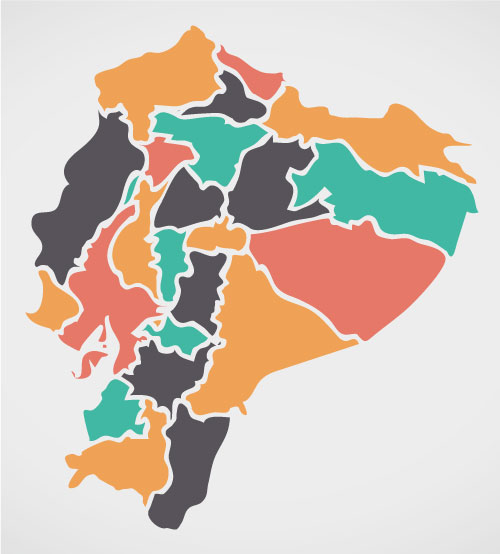
ECUADOR HIGHLIGHTS
Must seen destinations
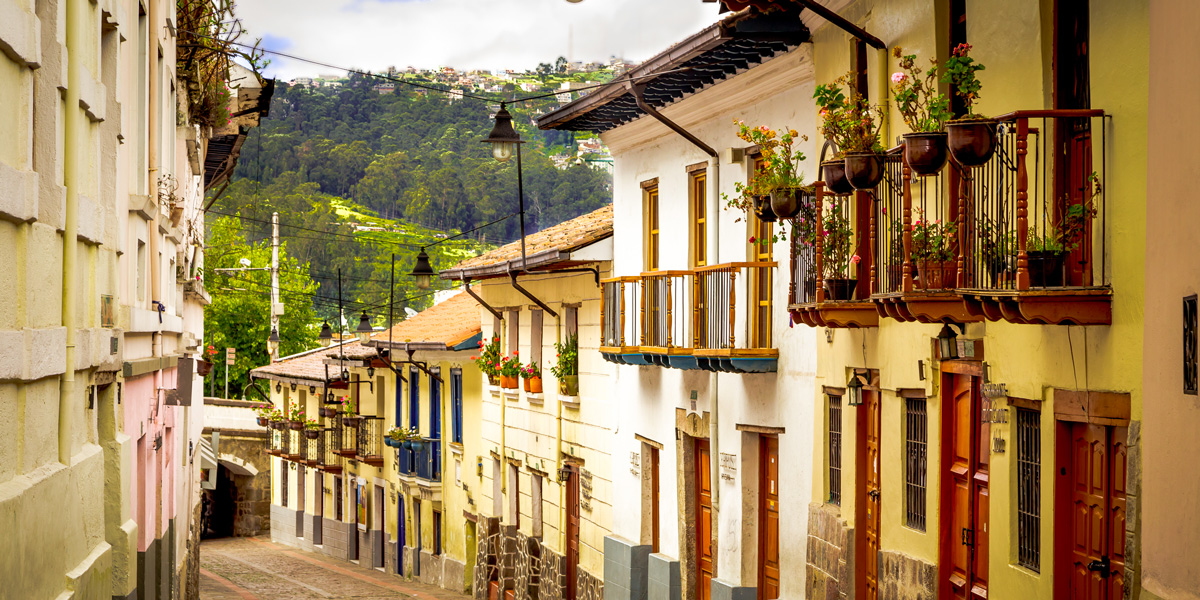
AdobeStock | Fotos-593 |
Founded during the 16th century on the ruins of an Inca city, located at 2,850m altitude and surrounded by soft, green mountain slopes, Quito seduces travelers with its white walls, red tile roofs, flowered patios, fountains and wooden doors. The capital of Ecuador has the best preserved historical center in Latin America, listed as a UNESCO World Heritage Site. The monasteries of San Francisco and Santo Domingo, the Jesuit Church and Society of Jesus Church, with their rich interior decorations, are all perfect examples of the “Baroque style of Quito.” |
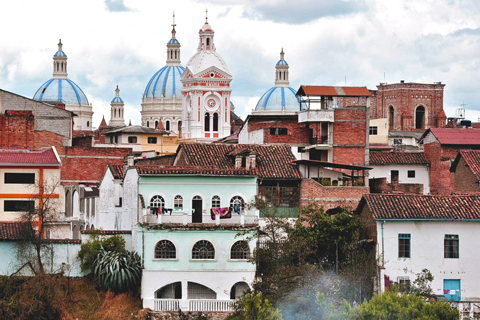
Public Domain |
True gem of Spanish colonial architecture, Cuenca is a charming little town, located in the heart of the Ecuadorian Andes, where reigns a unique, peaceful lifestyle. Its historic center and its famous religious buildings, included on the UNESCO World Heritage list, its factory where they manufacture the Panama hats, are originally from the area, along with the archaeological Incan site of Tumebamba, are among a few of the highlights not to be missed! |
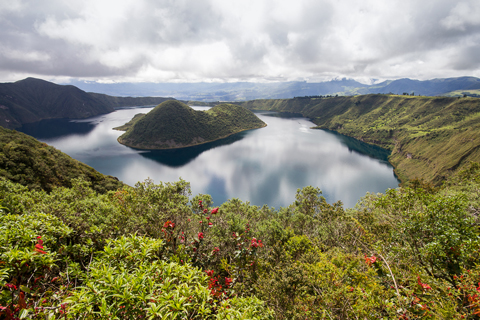
Jean-Claude Renaud |
Otavalo is one of the most famous Andean markets in Latin America showcasing numerous stalls filled with ponchos, fabrics, scarves, straw hats and crafts of all kinds. Inhabitants from all over the region migrate here daily or weekly to sell their goods, which make it the ideal place to shop for souvenirs and other gifts. Fourteen kilometers north-west of the city is Cuicocha Lake, located at over 3,000 meters above sea level, in a caldera that resulted from the explosion of the volcano Cotacachi more than 3,000 years ago. This spectacular high-altitude lake has one of the richest ecosystems in the world with around 650 species of birds. |
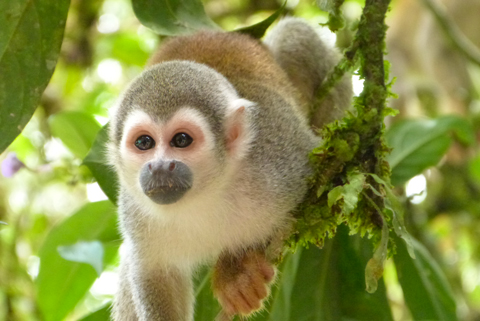
Public Domain |
Locally called the Oriente, the Ecuadorian Amazon is home to an exceptional biodiversity and many Amerindian communities. Navigate along the Rio Pañayacu or the Rio Napo in a pirogue in search of the mysterious pink river dolphins, squirrel monkeys and many other species… or walk along the trails while observing the many species of birds and insects and a wide variety of medicinal plants and trees. Discover the local culinary specialties with a typical Amazonian barbecue, accompanied by tropical drinks. |
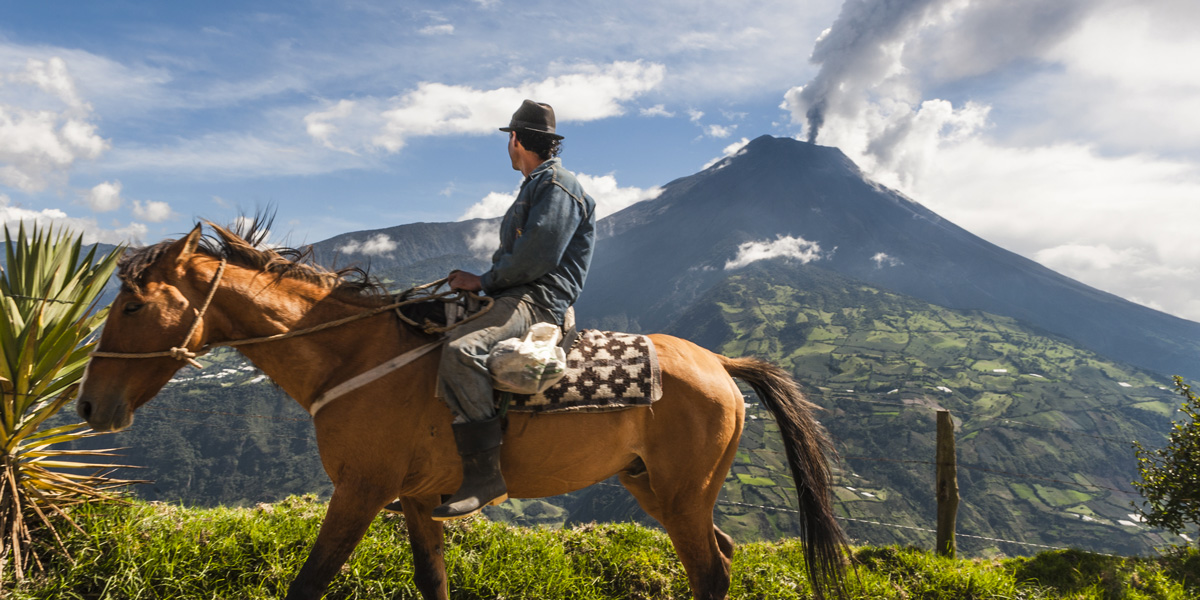
AdobeStock | Kseniya-Ragozina |
The Andean mountain range splits Ecuador in half and also covers a large part of the country. This is where travelers can follow the renowned Avenue of the Volcanos, scattered with a few of the most impressive craters in South America and other geographical highlights of the region such as Quilotoa, Cotopaxi, or the Chimborazo which is Ecuador’s highest peak at over 6310m. |
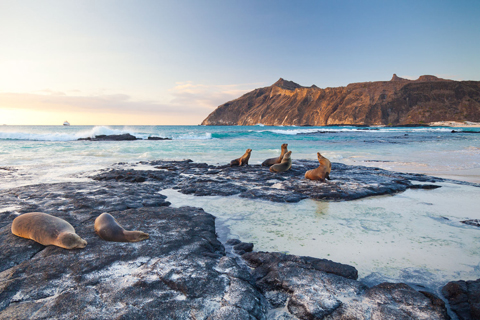
Ecuadortravel |
The Galapagos National Park, located in the middle of the Pacific Ocean, is known for its unique marine ecosystem which was the inspiration behind naturalist Charles Darwin’s famous publication and founding text of the theory of evolution and natural selection, On the Origin of Species. The archipelago is composed of approximately forty volcanic islands, each sheltering a specific type of fauna. Among the land animals, there are 58 bird species listed in the park, of which 28 are endemic. There are also unique species of reptiles, including giant turtles or land and sea iguanas. The marine wildlife is equally as exceptional and includes nearly 300 species of fish (including Galapagos sharks), small mammals (Galapagos sea lions, fur seals) and cetaceans (particularly humpback whales). |
Why choose us
DIRECT OPERATION
RELIABLE SERVICE & SUPPLIERS
BESPOKE TRAVEL
ECUADOR PROGRAMS
Our best programs selection
GET IN TOUCH
Contact our local team in Quito
Gaston-Sacaze Ecuador will manage your trip from Quito where Arnaud, Anne-Sophie, Antonella and their team will be in direct contact with you!
Get in touch with our local team to get all of the information you need and start planning your next trip to Ecuador!

